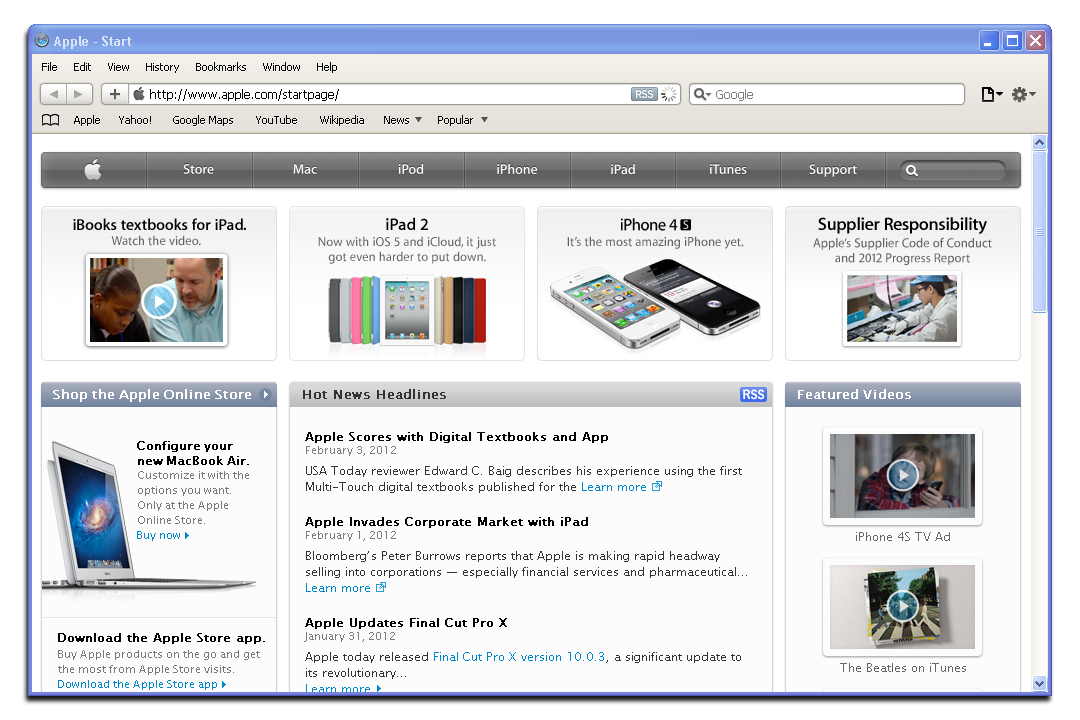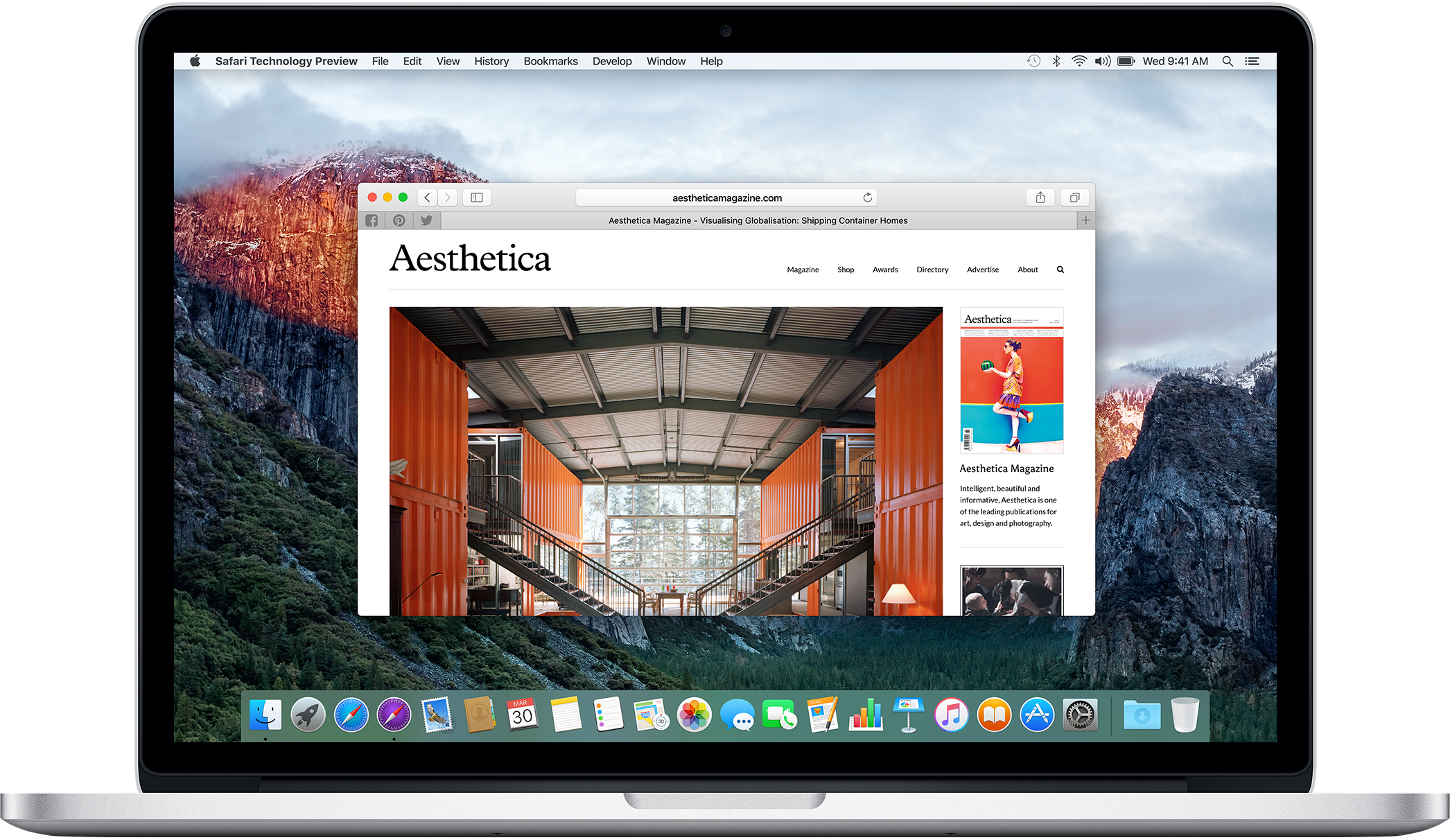Basically, the System Center 2012 Endpoint Protection for Mac agent is currently standalone and a very different product than SCEP on a Windows machine. No, I do not believe that any Client Settings or even Antimalware Policies apply to the Mac agent with ConfigMgr SP1. Basically, you either do it all by hand our through software distribution/command line until they add in those features to ConfigMgr. Here are all the main KB articles for System Center 2012 Endpoint Protection for Mac: Installing SCEP for Mac: Removing other products before installing: How to schedule an in-depth scan: I hope that helps, Nash Nash Pherson, Senior Systems Consultant. Basically, the System Center 2012 Endpoint Protection for Mac agent is currently standalone and a very different product than SCEP on a Windows machine. No, I do not believe that any Client Settings or even Antimalware Policies apply to the Mac agent with ConfigMgr SP1. Basically, you either do it all by hand our through software distribution/command line until they add in those features to ConfigMgr.
Here are all the main KB articles for System Center 2012 Endpoint Protection for Mac: Installing SCEP for Mac: Removing other products before installing: How to schedule an in-depth scan: I hope that helps, Nash Nash Pherson, Senior Systems Consultant.
Which operating systems are supported? Symantec Endpoint Protection (SEP) for Mac is supported on Mac OS X 10.5 - macOS 10.13. Please see for specific Symantec Endpoint Protection version requirements. You may see 'System Extension Blocked' when installing SEP on newest macOS version 10.13 - this may be resolved. What if I wish to perform a major upgrade to Mac OS X with Symantec Endpoint Protection installed? For minor updates to Mac OS X, such as 10.12 to 10.12.2, the Symantec Endpoint Protection client can remain in place.
For a major update to Mac OS X on a client system (from OS X 10.11 to OS X 10.12, for example), upgrade the Symantec Endpoint Protection client to the version that is compatible with the newer operating system, and then upgrade the operating system. Otherwise, uninstall the Symantec Endpoint Protection client and cleanly reinstall the compatible version after upgrade to avoid possible corruption to logs and other Symantec Endpoint Protection components. What about Mac OS X Server? Although Symantec does not officially support Mac OS X Server, there are only minor differences between Mac OS X and Mac OS X Server; Symantec Endpoint Protection for Mac will function and scan for threats as expected. For guidance on best practices, please see. How do I install Symantec Endpoint Protection for Mac? Covers both managed and unmanaged installations.

The other day, Microsoft pushed out an engine update through the same avenue that we auto-push the definitions. Is there any way to NOT allow the engine updates, but do allow the definition updates?

Scep Client For Mac
(using the Client Deployment Wizard) is supported as of Symantec Endpoint Protection 12.1.5. I already have a Symantec antivirus / security product on my Mac. Do I have to uninstall it first before installing Symantec Endpoint Protection for Mac? Endpoint Protection client for Mac versions earlier than 12.1.4 must be uninstalled before you upgrade to version 14. You do not need to uninstall later versions first. If you upgrade to a version of 12.1.x from a legacy Symantec Endpoint Protection 11 installations (managed or unmanaged), you do not need uninstall version 11 first. Symantec AntiVirus for Macintosh and consumer products Norton AntiVirus and Norton Internet Security for Macintosh must be uninstalled first.
What about upgrading Symantec Endpoint Protection for Mac to a newer version? Can I use Upgrade Groups with Package (auto-upgrade)? Auto-Upgrade is supported as of 14, but cannot be used to upgrade from 12.1.
You must export a client package for the new version then install or deploy as you would a new installation; it is not possible to use the Upgrade Groups with Package wizard (auto-upgrade) to migrate Macintosh clients up to a later client version. However, you can usually install the new version directly over the old without uninstalling first; see the previous question. There's no Add or Remove programs for Mac. How do I uninstall?
As of version 14, you can uninstall through the menu. Click on the shield icon, and then click Uninstall. Enter an administrative password when prompted. Since a restart is required to complete uninstallation, you should save all open work before you begin. For a managed client, if you set a password to uninstall the client (through Clients Policies Location-independent Policies and Settings Settings Password), it does not apply to Mac clients. Otherwise, for version 12.1, there is an uninstaller included on the article.
The uninstaller is also included with the Symantec Endpoint Protection installation media; look under SEPMAC. The uninstaller also works with version 14. How can I configure the Symantec Endpoint Protection Manager to supply definitions to Symantec Endpoint Protection for Mac clients? The Symantec Endpoint Protection Manager cannot host Macintosh LiveUpdate content the same way as it does for Windows clients.
As of Symantec Endpoint Protection version 12.1 RU4 the for downloading and caching the latest Macintosh LiveUpdate content. All Macintosh updates otherwise must otherwise occur through LiveUpdate, either from Symantec's servers or from an internal LiveUpdate server using LiveUpdate Administrator (LUA). Please see for information on how to configure LUA for this content. Note: it is not recommended or supported for. If you are looking for the standalone definitions updater, Intelligent Updater, for the Symantec Endpoint Protection (SEP) client for Mac, please refer to '.
Can a Symantec Endpoint Protection for Mac client get updates from a Group Update Provider (GUP)? No, for the same reasons outlined above. Can a Symantec Endpoint Protection for Mac client act as a GUP? How do I get Rapid Release definitions onto my Symantec Endpoint Protection for Mac client? Rapid Release definitions are not available for Mac security products. How often are updates for Symantec Endpoint Protection for Mac released?
Daily, usually in the morning Pacific time (west coast, USA). How do I know whether or not the Symantec Endpoint Protection for Mac client is managed? Connection Status: Connected appears under Management on the Symantec QuickMenu. For Symantec Endpoint Protection 12.1.5 (RU5): For Symantec Endpoint Protection 12.1.4 (RU4) - 12.1.4.1 (RU4 MP1): For earlier builds, the green dot next to Symantec Endpoint Protection indicates Auto-Protect is Enabled, not that communication is established: Q. Is it possible to convert an unmanaged Symantec Endpoint Protection for Mac client to a managed client? How do I prevent Windows policies from applying to Macs?
Windows-specific policies will not apply to Macs; only the LiveUpdate policy and the Mac Settings in the Virus and Spyware Protection and the Exceptions policy (if ) will apply. Intrusion Protection policies apply to Symantec Endpoint Protection for Mac 12.1 RU4 or later. The Firewall policy will not apply because this component does not exist on the Symantec Endpoint Protection for Mac client. What about Device Control? Version 14 introduces Device Control for the Mac client. You can enable Device Control on managed clients only. Is Active Directory integration supported for Mac clients?
It is not tested or supported. I can send Mac clients a command to become an Unmanaged Detector or to enable or disable Network Threat Protection, but nothing happens. Even though the command can be sent, for Symantec Endpoint Protection for Mac clients. How can I quickly disable the Symantec Endpoint Protection client on Macintosh, e.g. For troubleshooting purposes?

In latest version of Symantec Endpoint Protection, Virus and Spyware Protection and Network Threat Protection can be disabled/re-enabled by unloading/loading the SymDaemon service: sudo launchctl unload /Library/LaunchDaemons/com.symantec.symdaemon.plist sudo launchctl load /Library/LaunchDaemons/com.symantec.symdaemon.plist # the asterisk in daemon pathnames will accommodate suffix variations - SEP 12.1.x uses.plist and SEP 14.0 uses.NFM.plist Q. Is Location Awareness supported for Symantec Endpoint Protection for Mac? Location Awareness was introduced for Symantec Endpoint Protection for Mac clients in version 12.1. Symantec Endpoint Protection for Mac clients: User Mode or Computer Mode? Computer Mode. It is not possible to convert a Symantec Endpoint Protection for Mac client to User Mode.
How can I lock down settings for Symantec Endpoint Protection for Mac clients? There are not many changes that the end user can make, but if you want to prevent them from disabling Auto-Protect or Network Threat Protection (intrusion prevention), make sure their group is set to Server Control: In the Virus and Spyware policy, under Mac Settings, for File System Auto-Protect, click on the padlock to lock it. In the Intrusion Prevention policy, click Intrusion Prevention, and then click the padlock to lock the settings. Note that this affects all clients using this policy, not just Macs: With these selections made, even if a user has administrative rights on their Mac, they will be unable to adjust these settings via the Symantec Endpoint Protection client interface: Without the padlock clicked and locked in policy, an administrator-level account would be able to make changes to settings: Q.
Scep Client Download
I don't see a LiveUpdate or scan schedule in the Mac's Symantec Scheduler. How can I verify the schedule given through the Symantec Endpoint Protection Manager is really there? As of Symantec Endpoint Protection 12.1 RU4 for Mac, there is no longer a Symantec Scheduler, symsched, or integration with the OS X crontab: Scan schedules can be verified through the client GUI but the LiveUpdate schedule is visible in the newer client only when it is unmanaged.